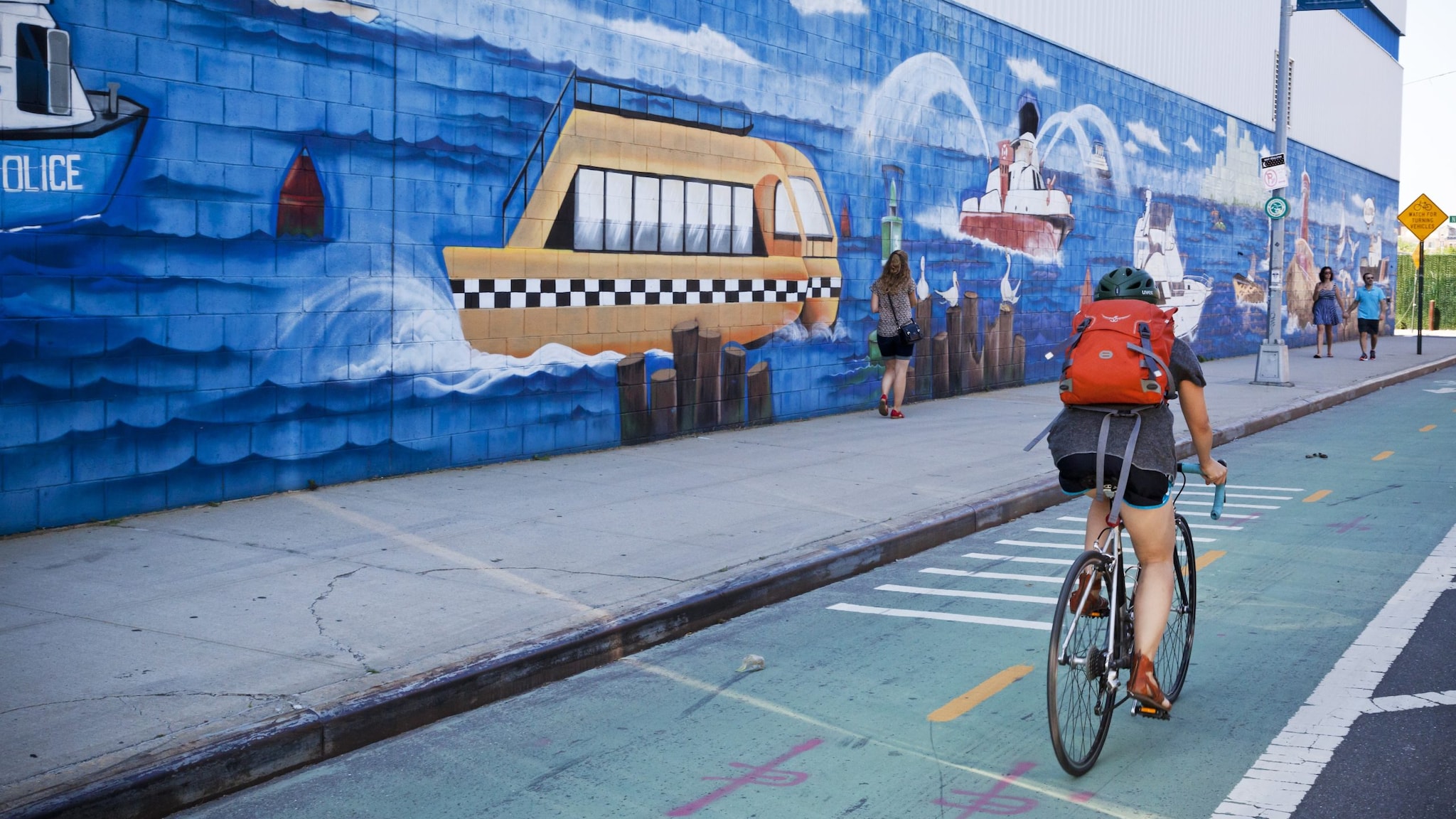What to know
As a person working in the arts and culture sector, or a professional interested in using art in your work, you can create attractive public spaces that encourage physical activity.

Overview
Arts and culture can be valuable to community planning and development strategies designed to promote physical activity. If you are an artist or a community development professional, you can look for ways to work with others in your community. These partnerships can create attractive and accessible public spaces.
By involving local residents, you can ensure that community spaces represent and serve residents in fun, customized ways. Communities with more appealing features, like public art, can attract more visitors and connect people and places in new ways.
Your efforts can also help improve the local economy and give new life to vacant or underused areas. This makes them more attractive and inclusive for people of all ages and abilities.
What you can do
You can use the following strategies to encourage physical activity in your community.
Arts and culture professionals can:
- Join a local coalition to plan and develop projects designed to make your local community more activity friendly.
- Propose projects that add unique features, such as artwork, to pedestrian infrastructure. These features should meet the needs of community members while reinforcing local identity.
- Partner with city leaders and local neighborhood groups to increase the use of local parks or green spaces. One way to achieve this is adding design elements that reflect local cultural traditions.
- Help improve pedestrian infrastructures by adding public art and new activity-friendly features.
Community development professionals can:
- Include creative placemaking in community development strategies. Creative placemaking uses multiple community-driven, collaborative ways to integrate arts, culture, and design into public spaces. This design can lead to residents’ well-being.
- Create ways for residents to be involved in community development decisions.
- Use new and culturally relevant community design strategies that connect routes and destinations to increase physical activity.

What other organizations are doing
These communities are using arts and culture in their activity-friendly projects.
Public Art Creates Inviting Space in Greensboro, North Carolina
For decades, an abandoned railroad underpass formed a barrier between the city's center and surrounding neighborhoods. The underpass was transformed into a work of public art as part of a project to develop a 4-mile, multi-use greenway across the city. Local artists added creative ironwork and interactive lighting to make the area accessible and visually appealing.
Cultural Trail Connects Neighborhoods in Indianapolis, Indiana
This 8-mile urban bike and pedestrian path connects six cultural districts across downtown Indianapolis. It promotes economic growth and quality of life by linking neighborhoods, businesses, and entertainment venues. Including art creates a world-class public space for both residents and visitors.
Colorful Signs Guide Walkers in Detroit, Michigan
In Detroit, essential services and places are spread across the city. That makes it hard for residents who use public transit or other forms of active commuting to get where they need to go. To help overcome this problem in one neighborhood, city officials hired a local artist to create colorful wayfinding signs between a bus stop and a local recreation center. The artist collected community feedback to design the signs, and the messages are in multiple languages.
Resources
Handbook for Artists Working in Community
For artists who would like to begin or expand their work with a community. It includes stories, tools, and advice from other artists and artist organizations.
How to Do Creative Placemaking
Describes the many ways arts organizations and artists can play an essential role in the success of communities across the country.
The State of the Art Transportation Training Do-It-Yourself Toolkit
Helps arts and transportation professionals use creative placemaking strategies with transportation projects. It walks users through the steps to design and use state-of-the-art Transportation Training in their communities.
